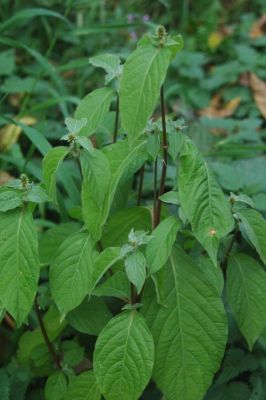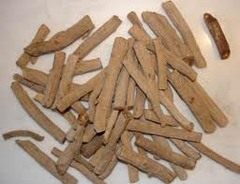[1]
Barefoot Doctors Manual- Published by Madrona Publishers Seattle Washington
ISBN 0-914842-52-8
[2] A Complete English Dictionary of Medicinal Terms in Chinese Acupuncture
and Herbalism 1981- Henry Lu Chinese Foundations of Natural Health- The Academy
of Oriental Heritage, Vancouver, Canada.
[3] Chinese Medicinal Herbs- Beatrice Bliss (1973) Compiled by Li Shi- Chen.
Translated and Researched by F. Porter Smith and G. A. Stuart. Geogetown Press,
San FranciscoISBN 0 914558005
Images
1.
en.wikipedia.org
by Stanislav Doronenko CC BY 2.5
2.
[1]
3.
quizlet.com
4.
ayurwiki.org
by
Vinayaraj
CC BY-SA 4.0
 Achyranthes
bidentata. 怀 牛
膝 Huái
niú xī Two
toothed Amaranthus Family:
Amaranthaceae
Achyranthes
bidentata. 怀 牛
膝 Huái
niú xī Two
toothed Amaranthus Family:
Amaranthaceae
 FLAVOR:
Bitter, sour/acrid
FLAVOR:
Bitter, sour/acrid 

 Research
Research